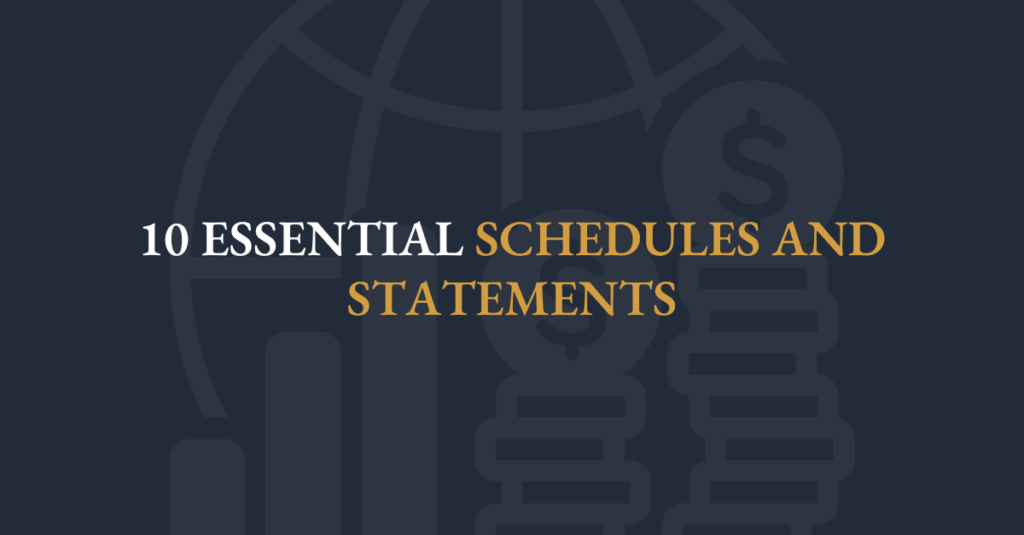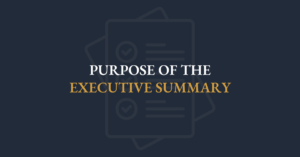
A financial model is an important tool used to forecast a company's financial performance. Creating a comprehensive financial model helps users make informed decisions about the future of the company. To ensure that the financial statements accurately reflect the company's operations, the model should include several schedules. By including the below schedules, a company can ensure that its financial statements accurately reflect its operations.
- Calculates revenue based on units sold and selling price
- Considers production capacity
- Calculates variable and fixed costs on a per-unit and aggregate basis
- Determines profit or loss
3. CapEx / Depreciation Schedule
- Tracks assets, purchase date, cost, useful life, and depreciation method
- Shows differences between accounting and taxable income
- Reflects tax issues and timing differences
- Calculates working capital based on income statement items and number of days or turns
- Determines liquidity and cash flow needs
- Calculates the interest expense for each piece of debt
- Interest income is deducted to arrive at net interest expense, which is used in the income statement
7. Equity Schedule
- Calculates the dividends if there are any for common and preferred stock
- Retained earnings is used to forecast the balance sheet
8. Income Statement
- Forecasts the company’s revenues and expenses
- Includes gross profit, EBITDA, and net income
- All revenue and expense line items come from supporting schedules
9. Cash Flow Statement
- The cash flow statement shows how cash flows in and out of the business over a specific period, breaking down cash flows into operating, investing, and financing activities
10. Balance Sheet
- The balance sheet is made up of assets, liabilities, and equity
- Most line items come from supporting schedules







